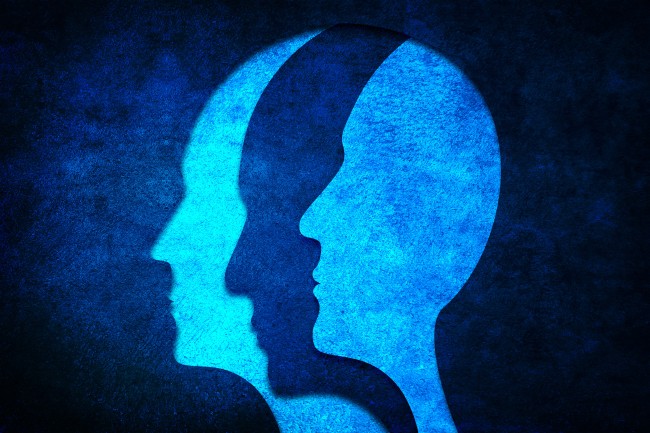Mental health, an essential component of our overall health, is a state of well-being, and an ability of the mind to function normally and respond appropriately to environmental stimuli. Mental disorders occur when this state of well-being is disrupted by specific conditions, such as depression.
The individual finds themselves unable to adapt to difficult or even painful situations and maintain their mental equilibrium.
Depression is a mental illness
The term ‘depression’ is a bit overused. We often say ‘I’m depressed’, but this illness is a major public health issue. Depression is the most common psychiatric disorder and it is estimated that 1 in 10 people will be affected at some point in their lifetime, with a female-to-male ratio of 2 to 1.


Depression in figures
Depression is the most common psychiatric disorder, with around 5–15% of the French population experiencing a depressive episode at some point in their lives. It can occur at any stage of life.
Today, it is estimated that 3% of children aged between 3 and 17 are affected by this condition. Prevalence increases to 10–15% in adolescents. It is also relatively common in elderly people.
Depression is defined by two aspects: specific symptoms and their duration, which must be at least 15 days, with an impact on the patient’s personal, professional and social life.
The neurobiological basis of mood disorders such as depression has been established since the 1950s, and has formed the basis for the development of antidepressant treatments. But it is only in the last 15 years or so that depression has really been recognised as a disease of the brain in the same way as neurological diseases such as Parkinson’s or Alzheimer’s. The work carried out at Paris Brain Institute by Professor Philippe Fossati (AP-HP/Sorbonne University), a psychiatrist specialising in mood disorders at Pitié-Salpêtrière Hospital and team leader at Paris Brain Institute, has helped to demonstrate the involvement of certain brain regions in the progression of depression.

Depression is a behavioural disorder in which the mood is persistently low, with feelings of hopelessness and pain. The sadness felt by the depressed person is intense and is not alleviated by external circumstances.
Unlike an episode of temporary sadness, a Major Depressive Episode (MDE) lasts for more than 15 days. It can lead to isolation and even suicide. The risk of death by suicide is 10 times higher for depressed people than for the rest of the population.
It is difficult for someone who is not suffering from depression to imagine how it feels. When we try to imagine it, we naturally tend to picture feelings of sadness. We draw on painful memories from our personal history and try to remember how we felt at that time. However, the sadness of a depressed person differs from these typical feelings of sadness and is more intense, and accompanied by other symptoms. Depression sufferers may have anxiety and suicidal thoughts.
But depression is not just an excess of negative emotions.
It also has another facet, just as common and just as serious: an absence of positive affect. Psychiatrists use a variety of terms to describe the different symptoms: anhedonia, the loss of ability to feel pleasure; abulia, lack of will or initiative; a pragmatism, an inability to interpret actions; and athymhormia, loss of motivation and drive.


Support Paris Brain Institute
Did you like this content and did it answer the questions you were asking? Don't hesitate to support Paris Brain Institute.




